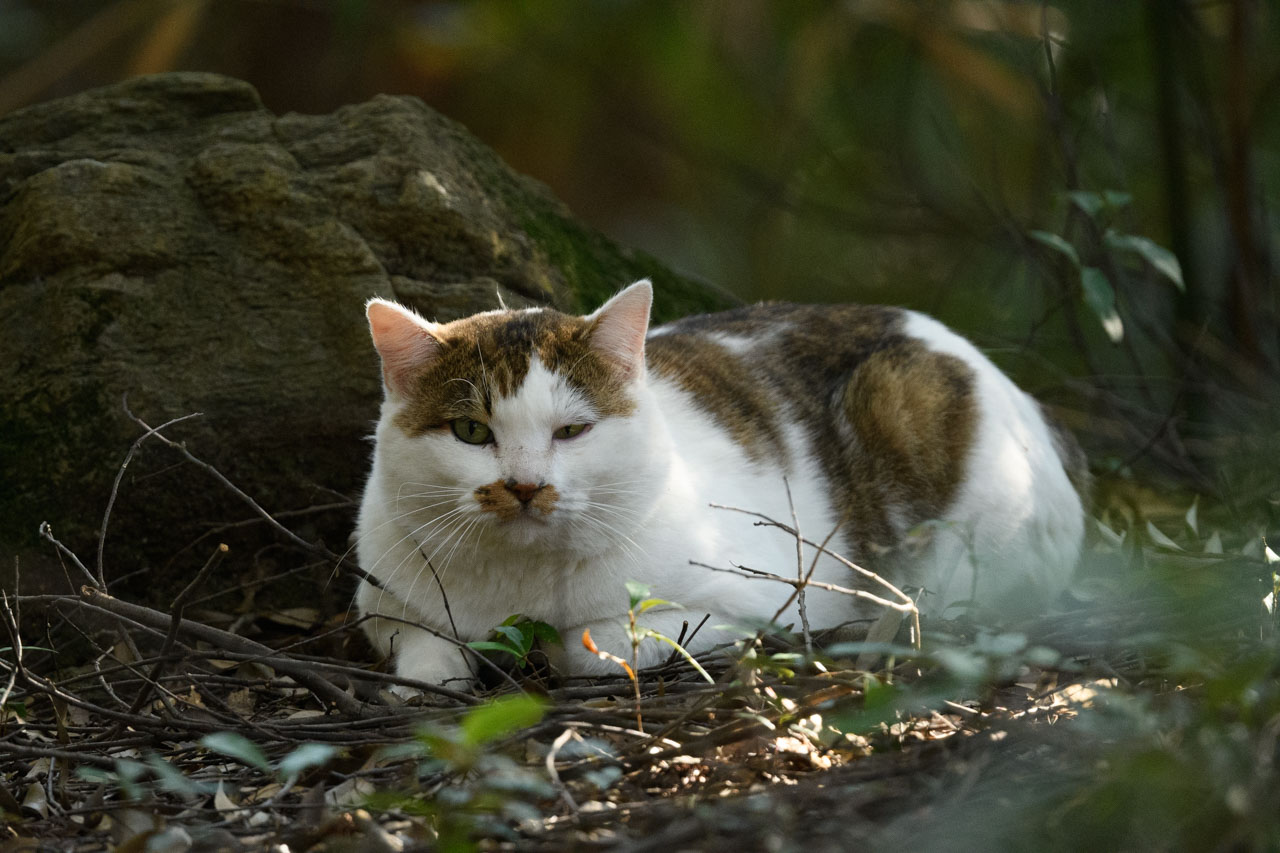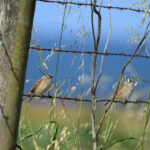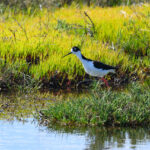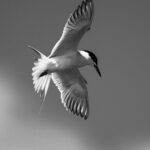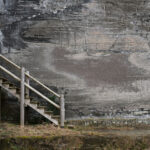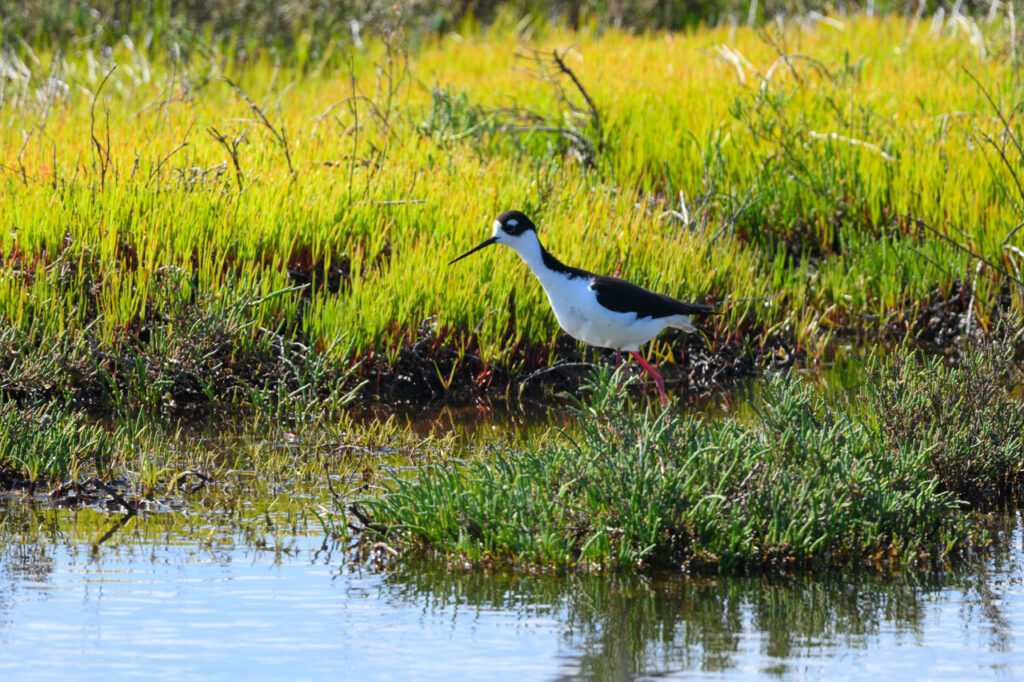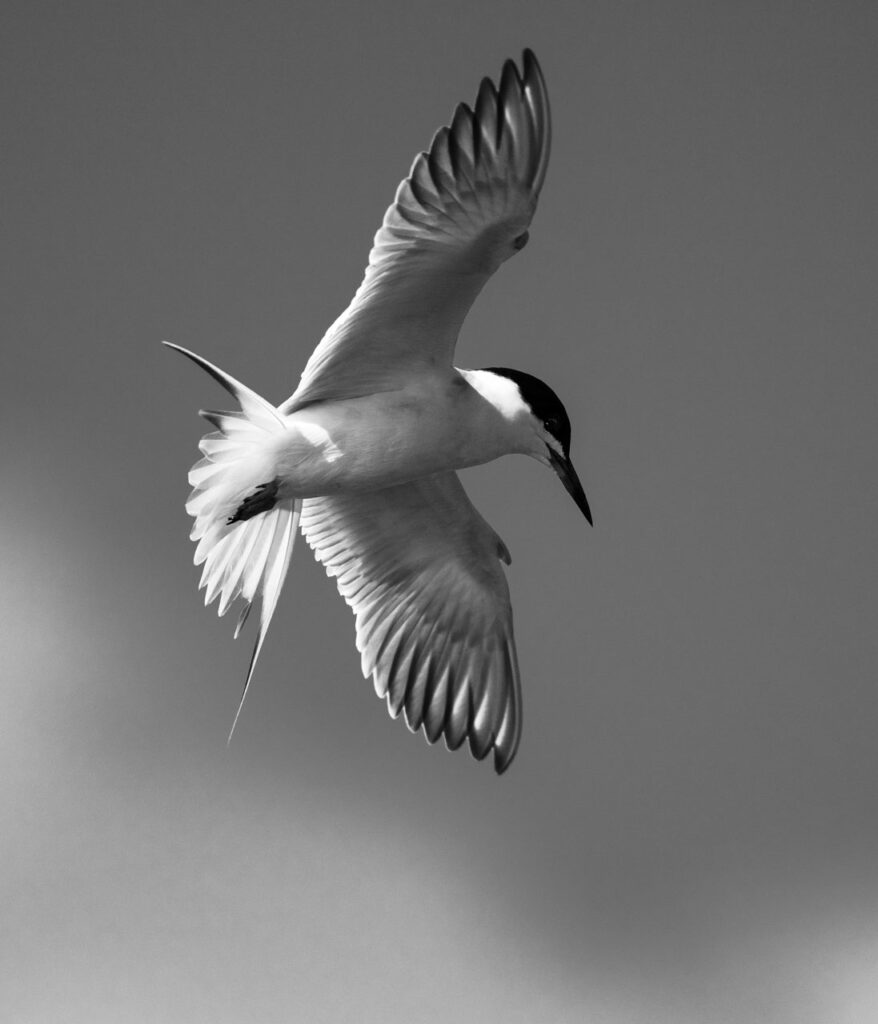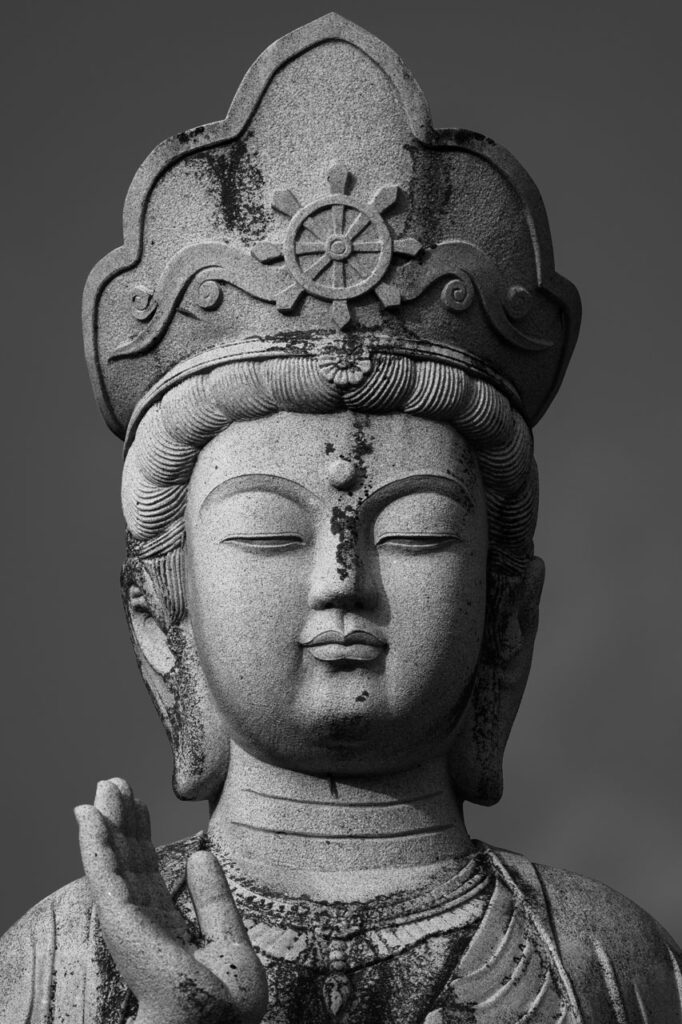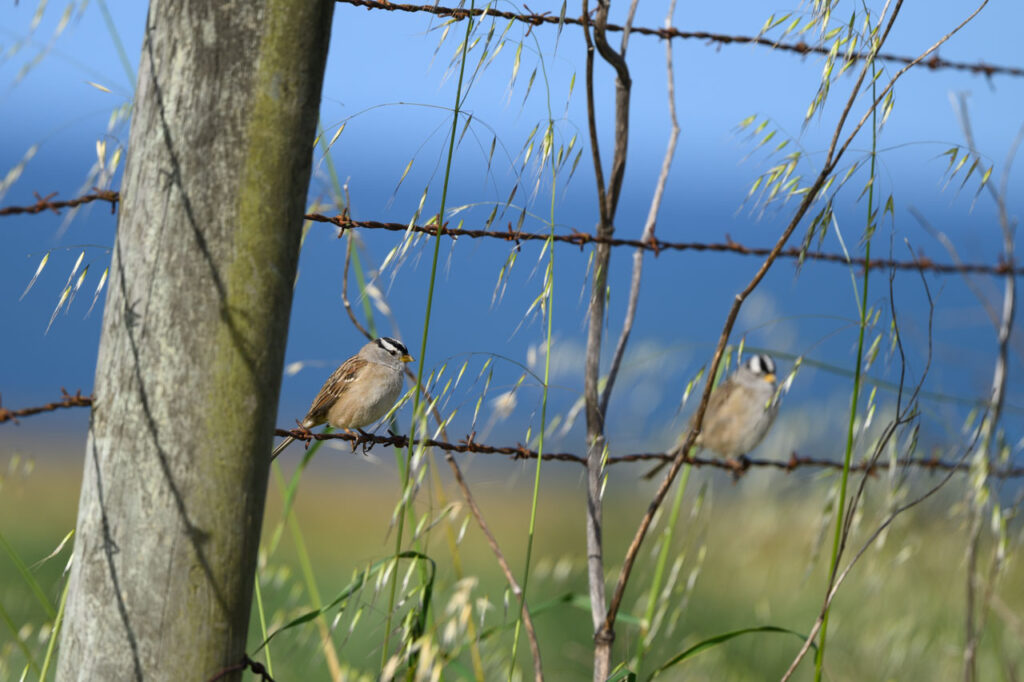
ミヤマガラスとかリュウキュウサンショウクイとか / Rook and Ashy Minivet, etc.
Following landscape photography, I decided to look for Eurasian Bittern at Kirara Beach first.
As soon as I arrived, one Eurasian Bittern ran away with the startled ducks. I got myself together and found another one. This time, I approached the one so that it could not escape, but it did not come out.
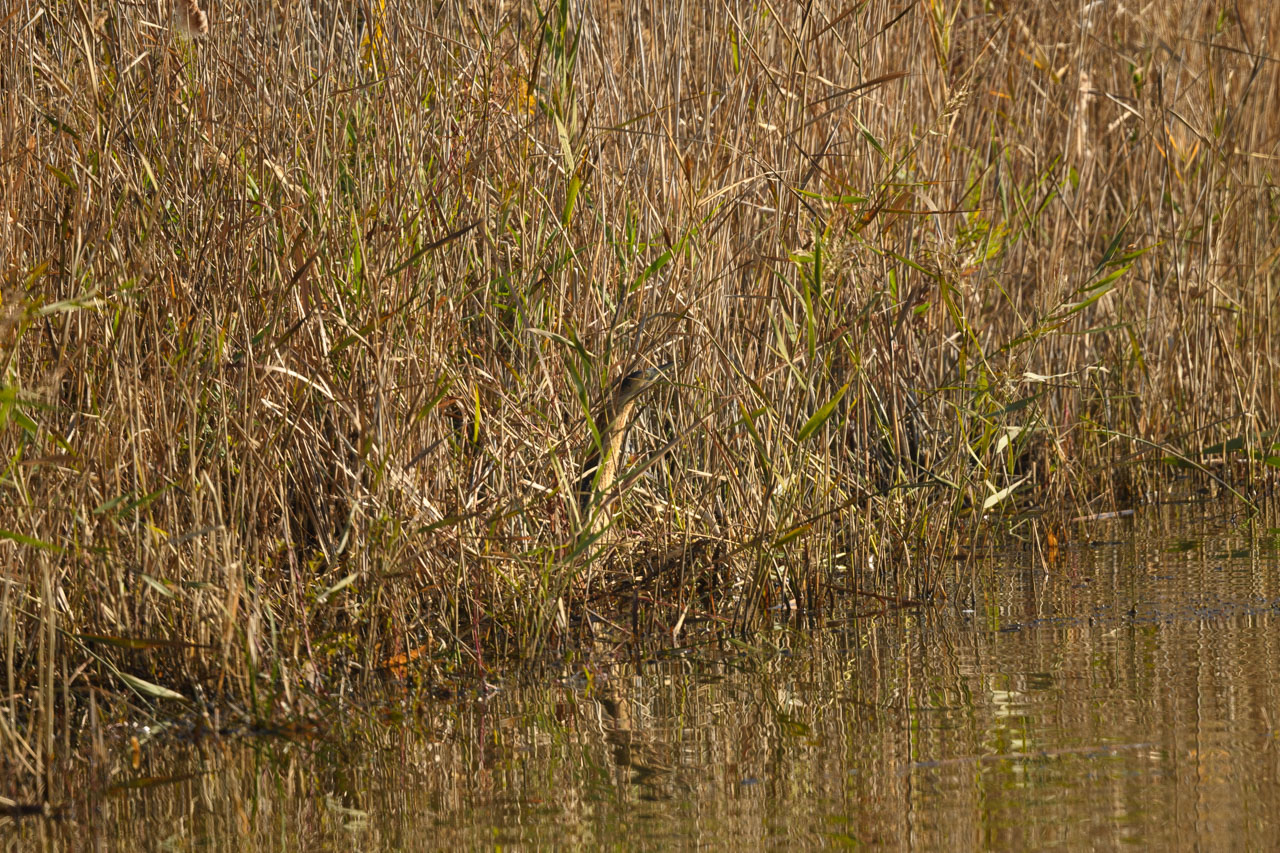
It was scurrying around the edge of the pond looking for food. It just wouldn’t show the face, and this was the best I could do.
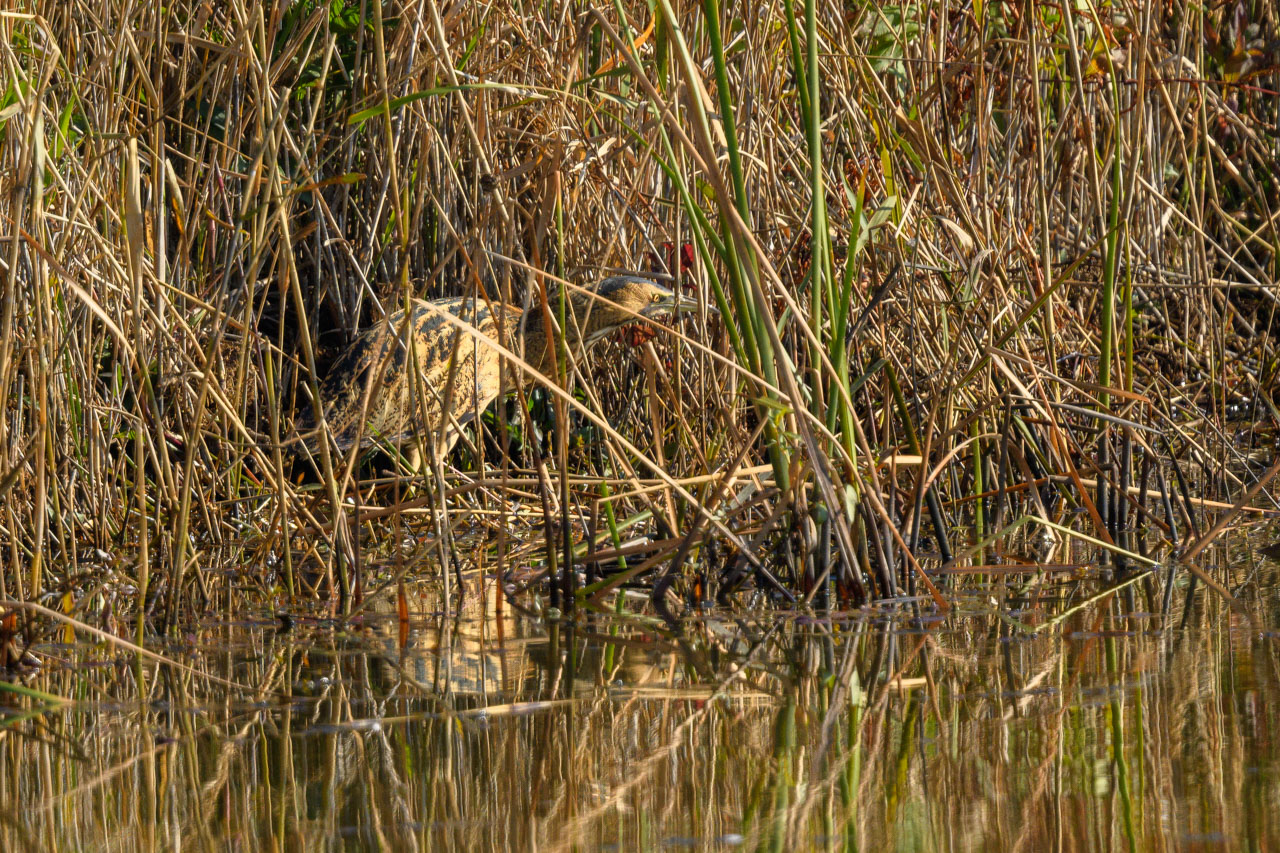
While waiting for the Eurasian Bittern, a Little Grebe came to the surface and looked strange, so I looked closer and saw that it was holding a fish in its mouth.
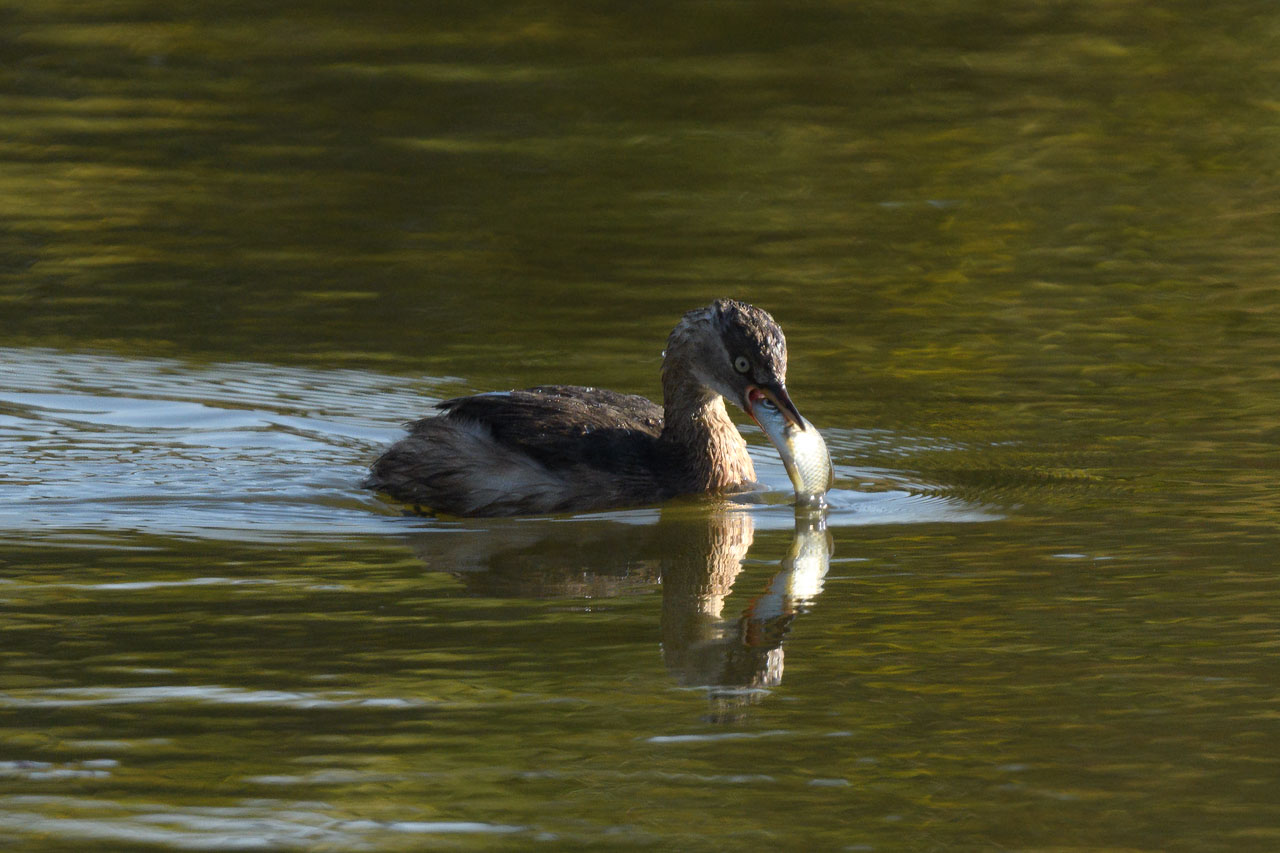
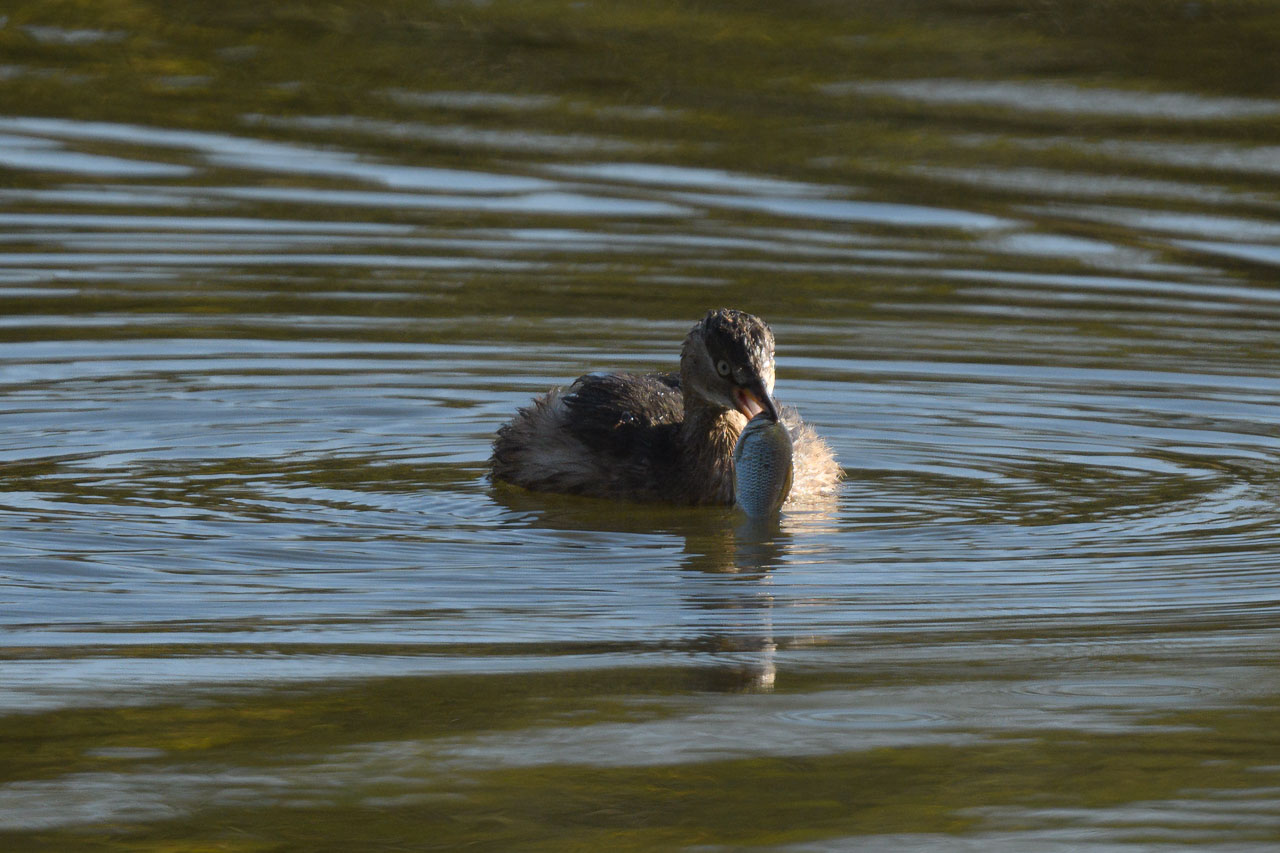
Since the Eurasian Bittern did not seem to move away and come out of the bushes, I decided to give up and move on to the next. In the neighboring rice paddies, the number of Rook was increasing. I also looked for Daurian Jackdaws, but unfortunately they were not there.
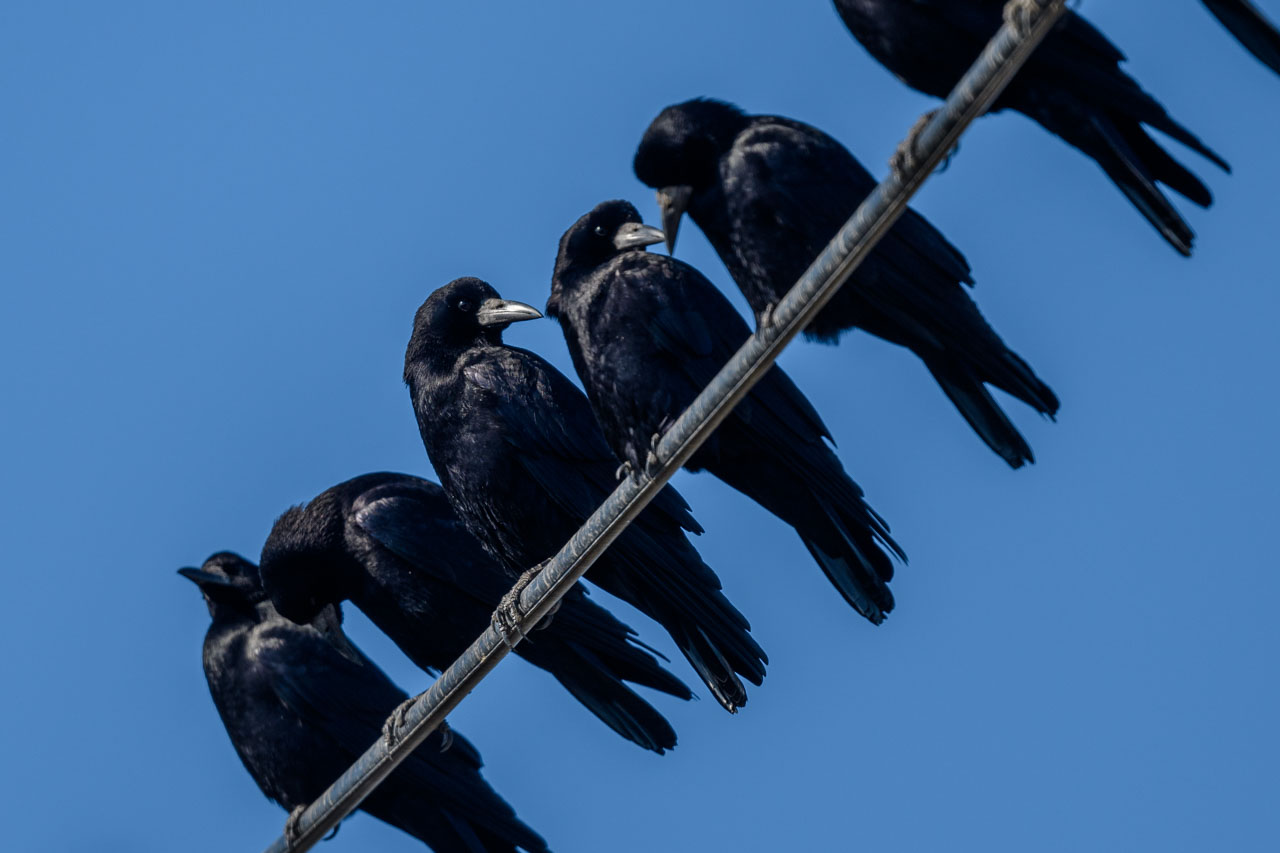
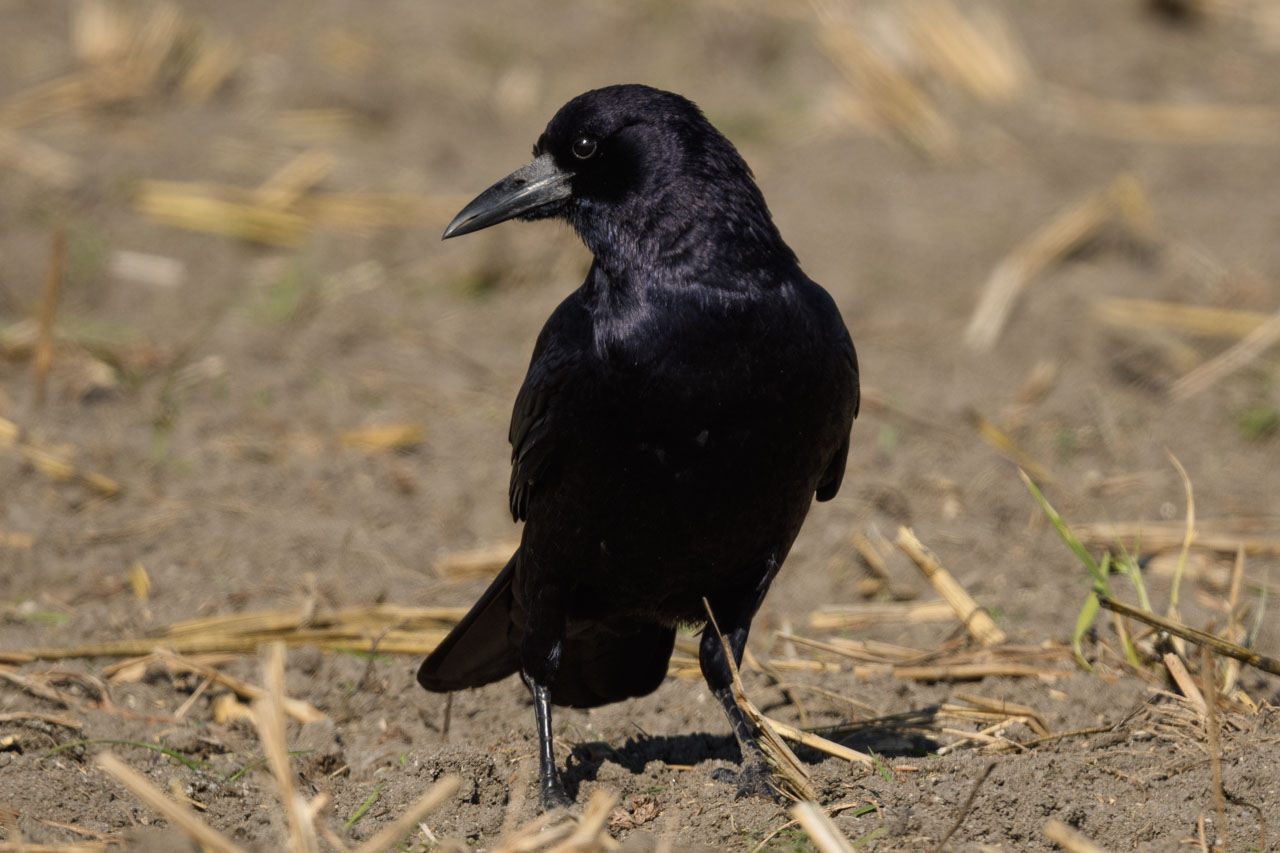
I couldn’t find any Daurian Jackdaw, so I gave up and moved on to Hofu. First Varied Tit in a long time.
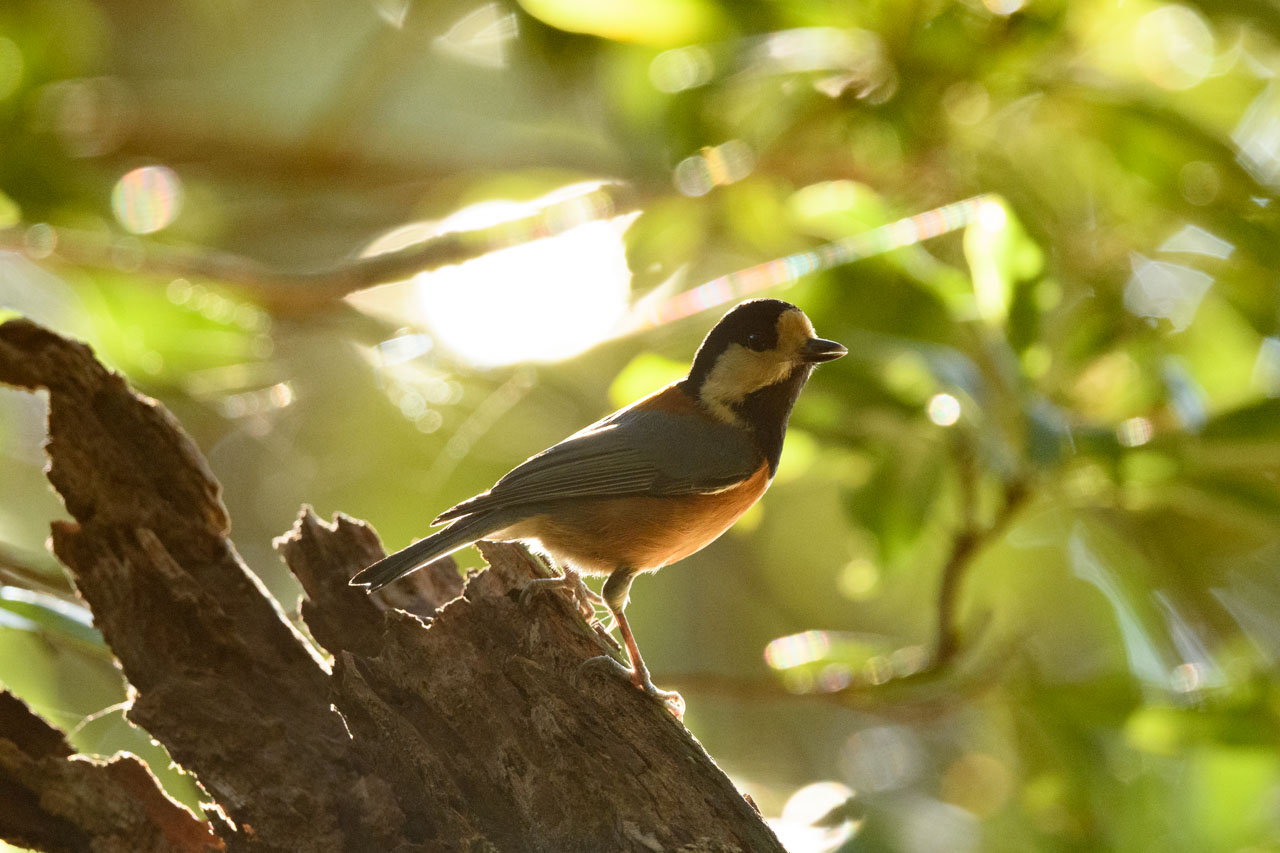
Here was an Ashy Minivet. There are two subspecies of Ashy Minivet in Japan. Subspecies P. d. divaricatus is a summer bird and has already left away. Subspecies P. d. tegimae here is a resident bird and can be observed mainly in south islands and southern Kyushu in Japan. It was not afraid of people, and it stopped close to me in a position where I could aim at it from right beside me. I was grateful for the opportunity to photograph it.
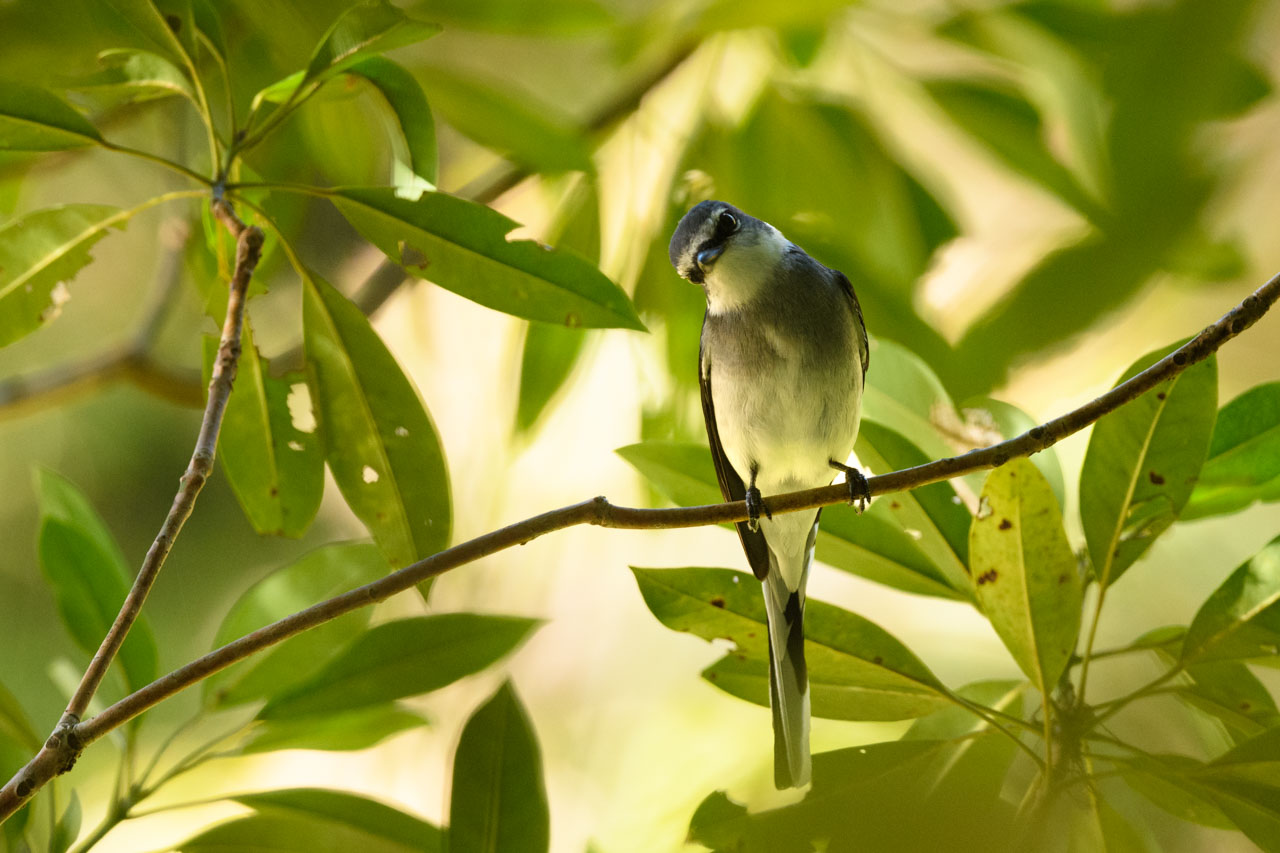
With global warming, P. d. tegimae is gradually expanding their habitat to other areas. Does this mean that they are more tolerant of cold than P. d. divaricatus, which crosses over after the summer?

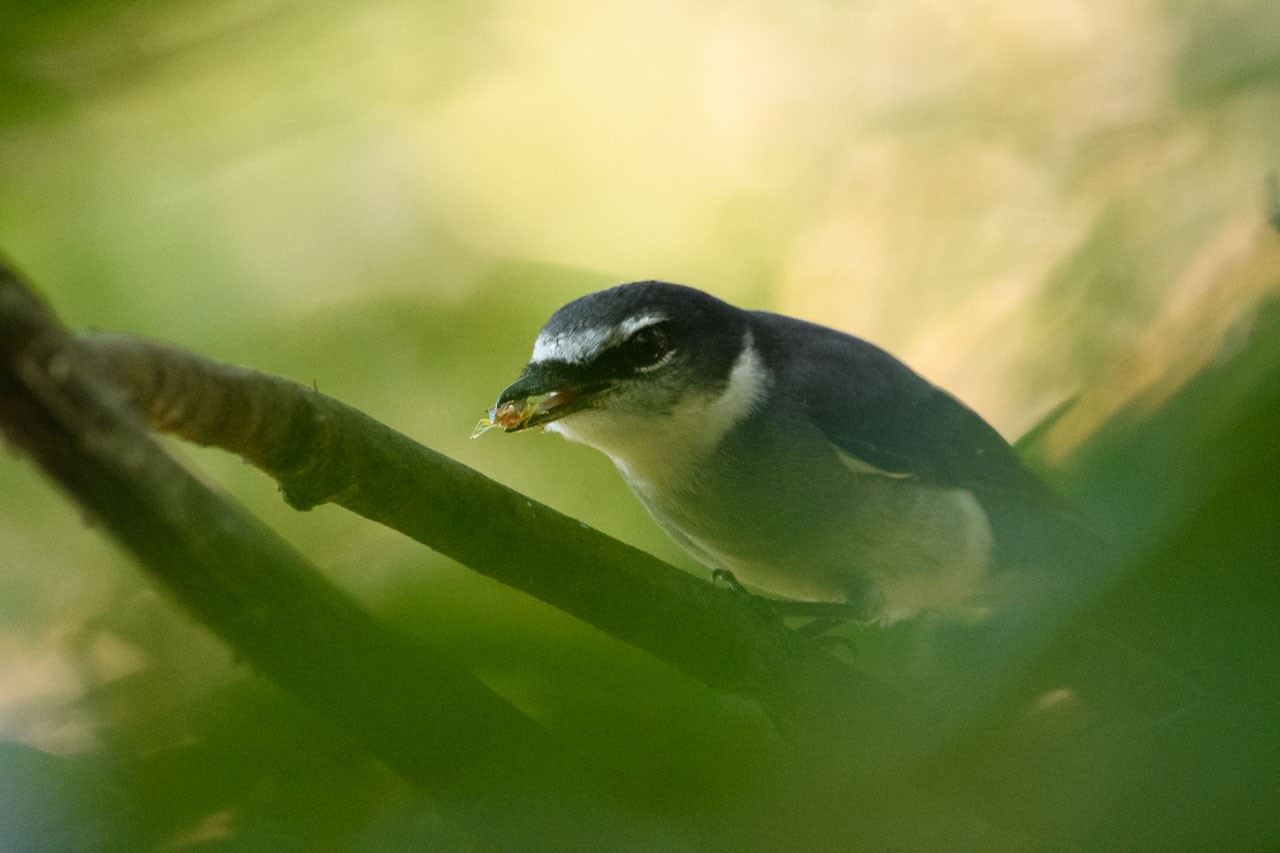
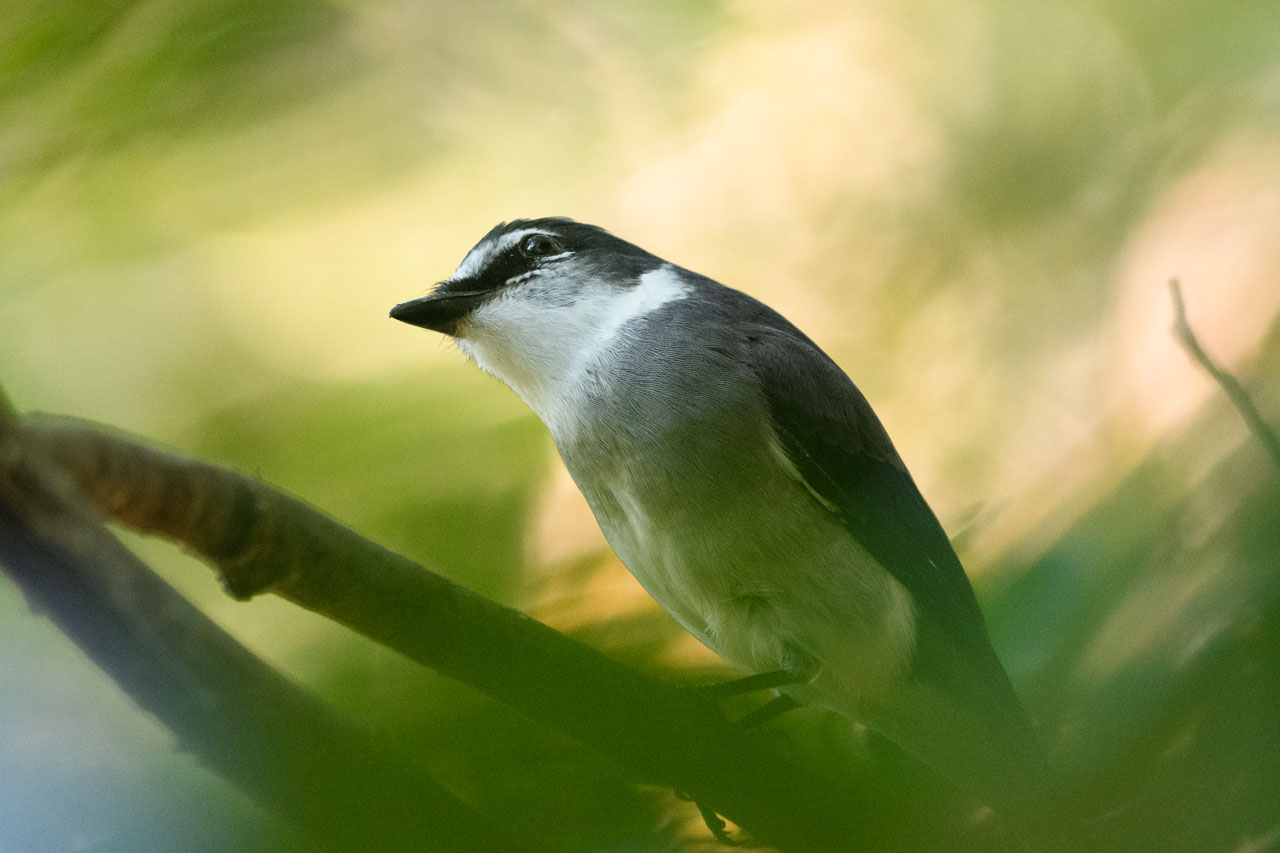
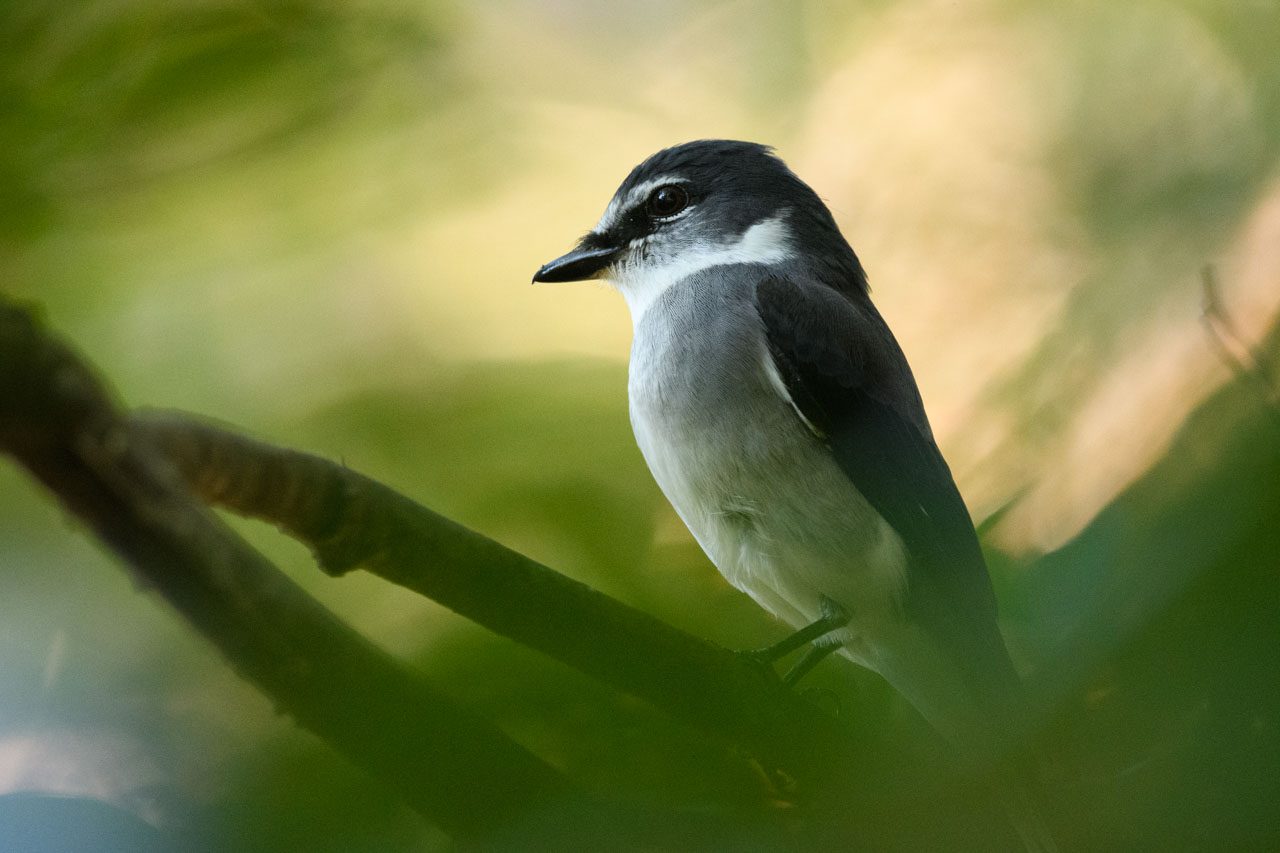
A Red-flanked Bluetail came along with a mixed flock of Japanese white-eyes, Varied Tits, Japanese Pygmy Woodpeckers, Long-tailed Tits, and Ashy Minivets. This was my first shot of the season.

